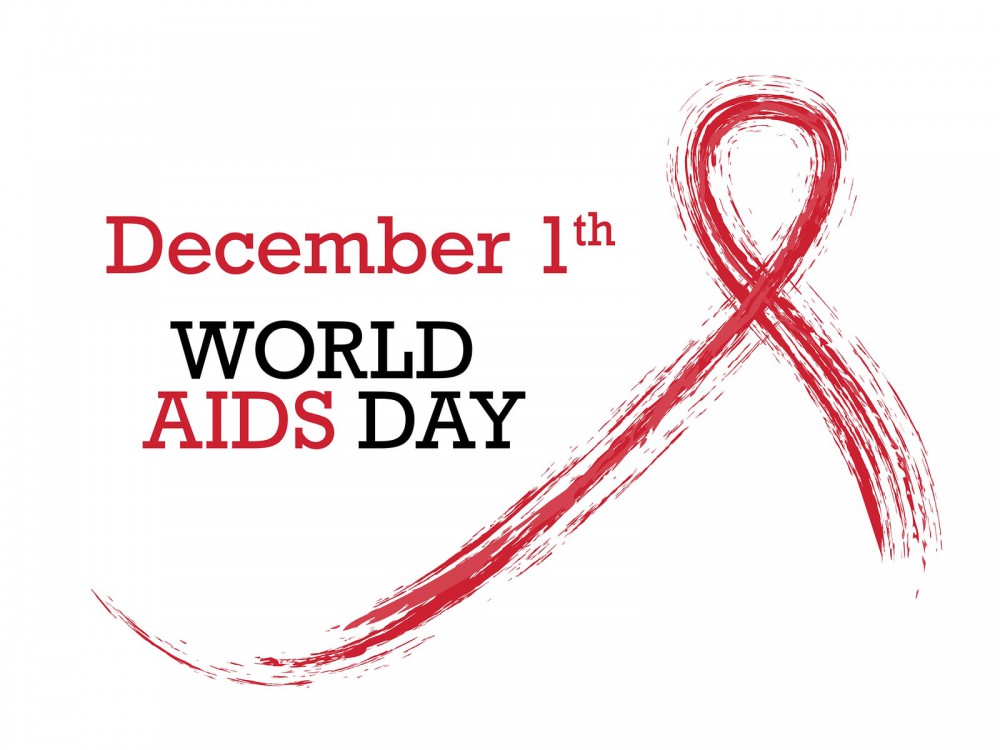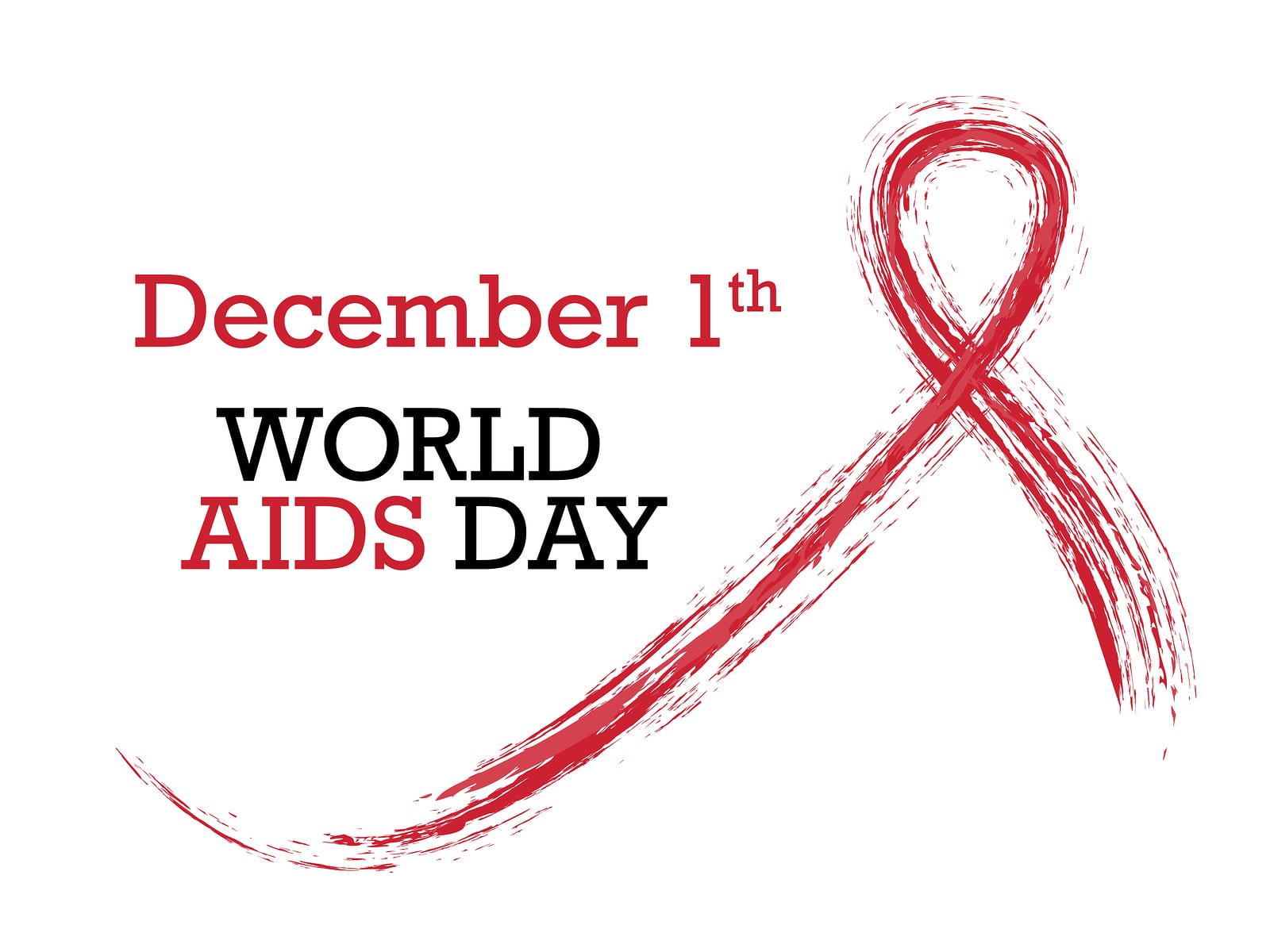
It’s estimated that more than 35 million people have died from HIV or AIDS since it was identified in 1984. Today, those who contract the virus and the roughly 33 million people infected with HIV around the world now may have a better chance at a longer, healthier life thanks to treatment plans such as antiretroviral therapy (ART) and highly active antiretroviral therapy, or HAART.
The World Health Organization said that antiretroviral therapy is key to beating AIDS. In mid-2015, nearly half of people with HIV around the world began using the treatment improve quality of life.
The goal of ART is to control virus replication through the use of active medications and inhibitors that stop the virus from spreading. A combination regimen of at least three antiretroviral drugs is known as HAART.
Studies have shown that HAART has made a significant impact in fighting the virus, subsequently preventing or delaying the patient from having symptoms, as well as lowering the likelihood it will progress to AIDS. HAART does not eliminate HIV in the body, however, and therefore must be taken daily for the life of the patient.
Results
A report published in the U.S. National Library of Medicine found that 84.3 % of HIV patients survived beyond a three-month study period while using HAART treatment. Of the 70 patients studied, six were released from the hospital and returned home in the three-month time frame.
The researchers also found that the treatment resulted in:
- Lower levels of virus in the patients’ blood
- Healthier body weight
- Improved serum albumin and ferritin levels
- A decrease in incidents of depression
You Might Also Enjoy: Fact or Fiction: 10 Healthcare-Related Old Wives’ Tales
Treatment
Physicians generally take into account the amount of virus in a patient’s blood, the exact strain of virus they carry and the CD4+ cell count before they recommend a treatment plan. After determining the state of the patient, doctors can prescribe a combination of six different classes of antiretroviral agents.
Those agents typically include:
- Protease inhibitors (PIs)
- Chemokine receptor antagonists (CCR5 antagonists)
- Nucleoside reverse transcriptase inhibitors (NRTIs)
- Non-nucleoside reverse transcriptase inhibitors (NNRTIs)
- Fusion inhibitors (FIs)
- Integrase inhibitors (INSTIs)
Each of these works to combat a specific part of the virus’ lifecycle as it attacks a cell. Patients may be prescribed one combination pill or multiple pills that they take at least once a day.
The amount of CD4+ cells in the body to be considered for HAART treatment has increased from 200 to 350 cells/mL in mid- and low-income countries and from 350 to 500 cells/mL in the United States. The change is expected to result in a boost in the number of people that can utilize the treatment.
Living with HIV
HAART is an essential part of treatment for millions of people who have been diagnosed with HIV and AIDS. ART and HAART treatment can help reduce the viral load, lower the chance of the virus spreading to another person and help boost the immune system. Talk to your doctor or healthcare professional to determine which combination of antiretroviral drugs might be most effective for you.









